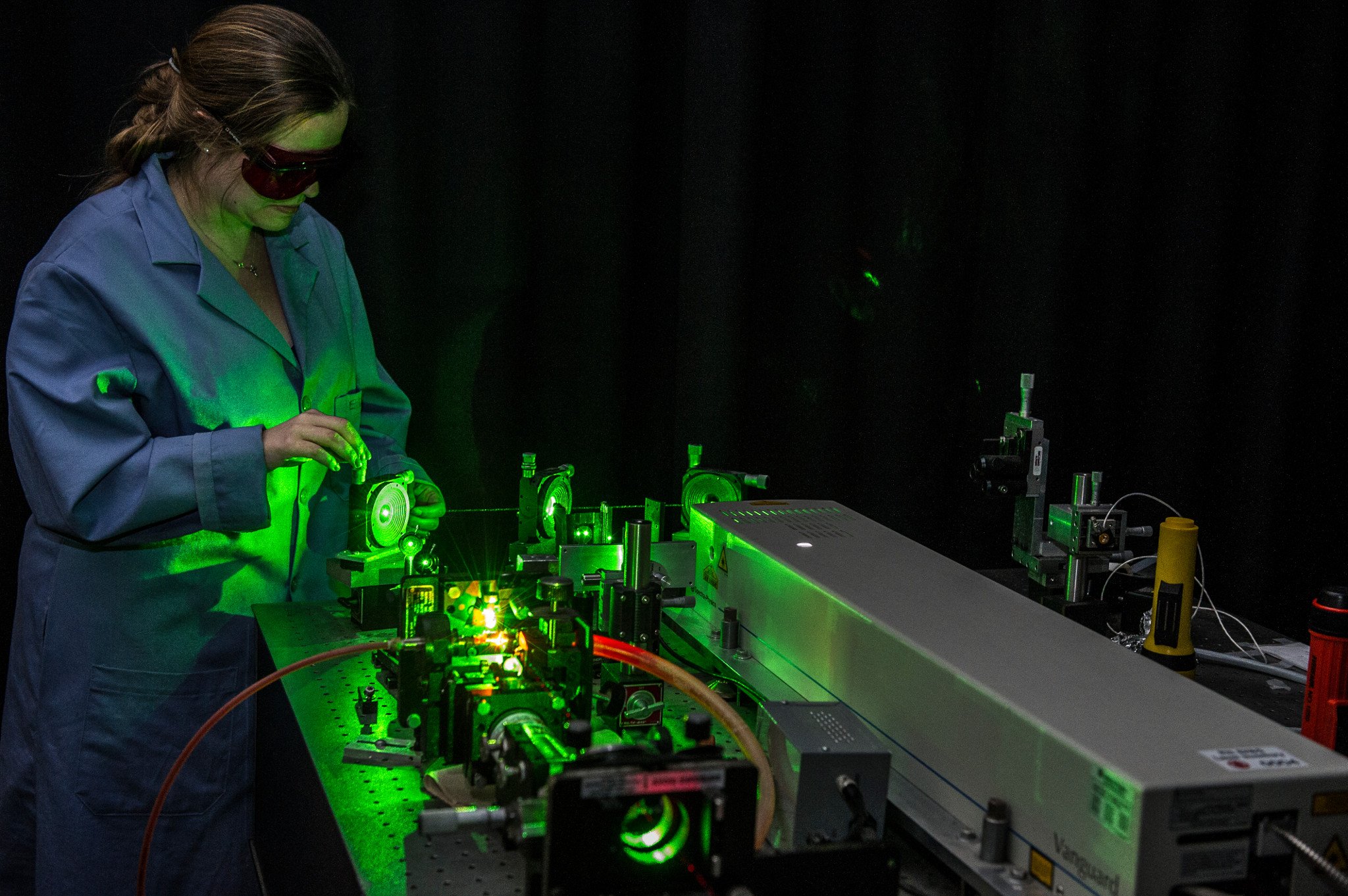
In this post, Innovation Institute Entrepreneur in Residence Phil Marzolf explains the process for creating a value proposition that is a critical early step for bringing a new idea or product to market.
A compelling value proposition is an essential element of any successful commercialization effort. The value proposition is at the center of Alexander Osterwalder’s Business Model Canvas.
Every new entrepreneur is quickly introduced to the value proposition template: For [target market], who want to [desired goal], our [solution description], provides [benefits realized by customer], unlike [differentiation].
With so much attention given to the value proposition, we are left with a perplexing question: why do so many commercialization efforts for worthy innovations fail?
The answer to this riddle lies in recognizing a subtle feature of value propositions; they are created by the innovator, but they are owned by the customer. The customer is the ultimate arbiter of value. This is perhaps the biggest mental hurdle that an academic attempting to commercialize technology must overcome.
Successful innovators must accept this fact and take responsibility for understanding, in depth, the benefits that potential customers want to realize from their new technology. If this discovery is not done well, even the most promising innovations will languish.
Management guru Peter Drucker identified this problem over 40 years ago, stating, “What is value to the customer? It may be the most important question. Yet it is the one least often asked.” The Innovation Institute lives by Drucker’s words by putting customer discovery at the center of evaluating a technology’s potential.
There are many reasons why potential customers undervalue an innovation relative to the expectations of the innovator:
New technology is adopted to realize economic benefit, which is usually increased sales, reduced cost, or improved quality. For economic objectives to be realized the overall system must benefit from the introduction of a new technology. It is not enough to compare technologies in isolation. How new technology improves the overall system while inter-operating with the existing ecosystem is crucial. Take for example an ingenious new Artificial Intelligence (AI) algorithm that provides a 10x improvement in real-time prediction. This should be easy to commercialize, right? Well, if a potential customer cannot supply the algorithm with the volume, variety, and velocity of data the algorithm needs to adequately train, then it delivers no value for the customer.
Radically innovative solutions which solve problems in a completely new manner are sometimes difficult for customers to adopt. This is especially true if the value chain - the process by which companies increase the value of their raw materials - is substantially altered. As companies drive for operational efficiency, they typically assign key performance indicators (KPI) to each work group. Mangers, who are driven by improving profitability today can become myopically focused on KPIs. If you cannot concisely align your innovation with an organization’s existing KPIs your value could go completely unrecognized by your potential customers. For this reason, investing time and effort to help customers “connect the dots” is an essential, though often neglected, aspect of commercialization.
Supply chains are an essential part of our modern economy. Supply chains are built upon trust, and trust is only developed through interpersonal relations. Thus, once a supply chain is established, it is highly resistant to change. An innovation that requires an alteration to an existing supply chain should not underestimate this challenge.
Sophisticated innovations pose unique adoption challenges. The problem becomes acute if the cost to validate hypothesized value is high. Innovations that require large capital expenditures typically suffer from this problem. Since cost overruns and production delays can damage a project manager’s career prospects, prospective customers are skeptical about the promised benefits of new innovations. They require additional proof that claimed benefits will be realized. This explains why whitepapers, case studies, and user testimonials are so valuable to help get prospective customers over these hurdles.
The issues discussed above apply to all innovations, even those that provide dramatic improvement over the status quo. These are serious issues that have the potential to derail the adoption of innovative breakthroughs. However, they are not insurmountable. One of the most comprehensive examples of these challenges being overcome is from Kiva, the warehouse automation company purchased by Amazon in 2012 for $775M. We are fortunate that Mick Mountz, the founder and CEO of Kiva, took time to detail how he faced and addressed the issues listed above. This should be required reading for anyone serious about implementing radically innovative technology.
The key takeaway is that the best predictor of commercialization success is not the brilliance of an innovation, rather it is how easily customers recognize and realize the proposed benefits.
If you are a Pitt Innovator with a discovery that you believe has commercial potential, I would be happy to help start the discussion of the value it may have for potential customers. Email me at pmarzolf@innovation.pitt.edu
View all Entrepreneurs in Residence here.
Want to do your own customer discovery? Come to the next Innovation Igniter. It's a short two-hour workshop to help you define a your value proposition for your technology or innovation.